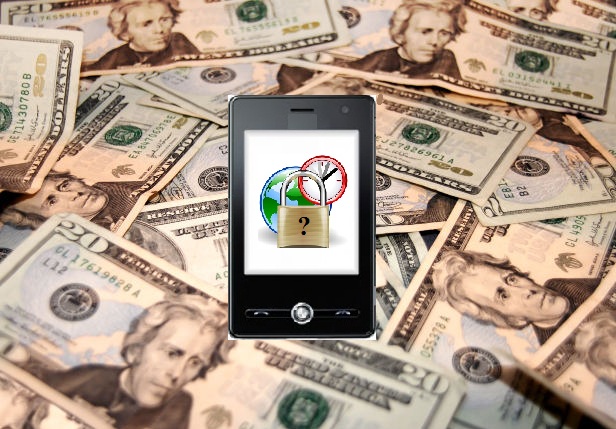The global market is starting to reach record heights and a new report shows that it will take off by the end of this year.
The mobile security marketplace is all lined up to reach record breaking new heights this year, according to a report that has been released by a firm called Visiongain.
A rise in smart devices and connectivity has added to the need for this extra level of protection.
This has been especially true in the workforce, which has been increasingly dependent on smartphones and, therefore, requires added mobile security to keep data safe. After all, the popularity of these devices has made them into a very appealing target for cybercriminals who are after the data that is contained on those mobile devices.
BYOD programs have made the need for mobile security policies a requirement for businesses.
According to the Visiongain report, “Mobile devices cause ongoing concern for IT teams responsible for information security.” It also went on to add that “Sensitive corporate information can be easily transported and lost, while the Bring Your Own Device (BYOD) movement has dramatically increased the number of expensive security incidents.”
The report was entitled “The Mobile Security (mSecurity) Market Forecast 2014-2024: Future Prospects For Leading Players.” Within it, considerable insight was provided regarding the current trends in this marketplace as well as the direction that it will be taking over the next ten years.
This year, alone, software to protect smartphones and other devices has truly been coming into its own. Where people used to think that it was required only for PCs, they are now starting to realize that it is just as important for protecting the information that they have on their smartphones, particularly if those devices are being used for professional purposes.
What this has meant is that the mobile security market, according to Visiongain, is now set for a tremendous growth throughout this year and that by the end of it, it will have reached the $4.5 billion mark. That will be well beyond the figures that the market has managed to reach in any previous year.
If these mobile gadgets ware going to be as popular as predicted, they will soon be in the workplace.
Wearable technology is moving ahead with leaps and bounds as smartwatches and other types of devices that can be worn on the body make their way onto the market shelves and are being scooped up by consumers.
It won’t take long before workplaces will need to come up with policies to manage their use.
Whether in the form of smartwatches, wristbands, pendants, belt clips, or even glasses, wearable technology is starting to become popular and the industry is predicting that it will be mainstream sooner rather than later. At a time in which businesses are only just starting to be able to come up with the right kinds of policies to safely implement bring your own device (BYOD) programs, a whole new form of mobile tech is now making its way into the space.
Wearable technology is different because it isn’t always clear what it is or when it’s on.
Now that Google has announced its Android Wear operating system for wearables, it is likely that the number of manufacturers will start to jump into the mix and base their gadgets on this OS. These devices will be piled on top of the large number that are already in existence, including Google Glass, Samsung Gear , Pebble, and others, as well as a range of different types of jewelry such as rings and pendants, and fitness bands that also come in a spectrum of shapes and brands.
Depending on the wearable technology, the gadget could provide biometrics, internet access, or smartphone access, among other features. While workplaces will need to keep additional distractions in mind to keep employees focused on their tasks, this will be more challenging than it is with smartphones because it is difficult to recognize some forms of wearables and it is exceptionally hard to know when they are active. This means that it is possible that texts could be sent, recordings could be made, or the net could be surfed without any outward signs that it is occurring.
Next, there is also an issue of security. Mobile security is already a major concern for companies with a BYOD program, and many find it to be a considerable challenge to enforce the policies when they do have them. Connected wearables adds an entirely new layer of tech and of risk that needs to be considered and protected.



